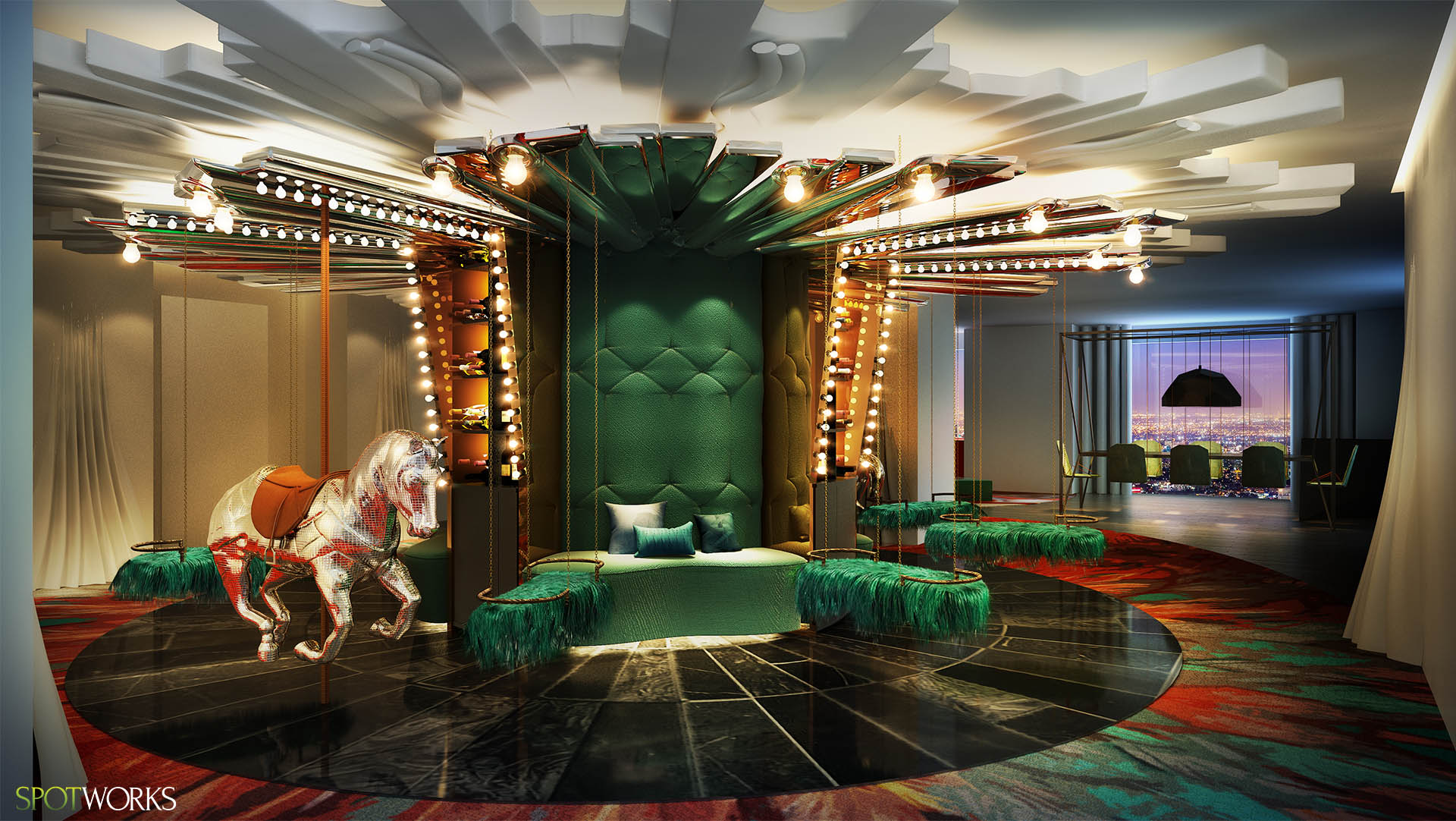Brief explanation on real-time rendering
Real-time rendering uses the same techniques are out there for years in visualization (animation, materials, modeling, lighting). The traditional rendering has been substituted by a render engine with the potential to render on the fly, real time. With real-time rendering, you can have a glance at the end result. Even special effects such as depth-of-field and fog are immediately visible instead of waiting for a long rendering process. Also waiting might consume lots of time.
Although it sounded really unreal, it’s because of advancements in gaming technology. Game Engine has been pushing the envelope of real-time rendering for decades, such Game Engine is Unreal Engine. The resulting technology has converged with the needs of not only architectural visualization but also film and television. Production companies use technology in real time to accelerate the creative process and even display the final pixels. It is very common in the likes of interactive graphics, video games.

3D images which have a very fast speed so that it looks exactly like the scene. Composed of large number of images, which are displayed in real time when the players are interacting with the game. Therefore, interactivity and speed play an important role in the real-time rendering process. For example, if you want to move the character in the scene, make sure that the movement of the character is updated. Then you draw the next image so that it is displayed at the speed at which the human eye.
Achieving the highest possible level of photorealism is the main goal with an acceptable minimum rendering speed. The human eye needs to create a minimum of this to create an illusion of movement. Although the display is based on sophisticated calculations, contemporary software can offer some parameters that are easily understood and used.
Rendering Engine
A rendering engine is usually included in a modern 3D game engine and offers truly stunning graphics. While real-time rendering engines evolved to the extent that beautiful movies and games were made within the current limit. AI is progressing means that steps like denoising will eventually be automatically handled. For the very detailed scenes can also process in real time.
It will also become part of our everyday life. As we interact more and more with photorealistic avatars that mimic facial expressions and action on the screen. It is possible that one day you will be able to talk to someone on the Internet. Which is not even the right person and you won’t be able to tell. Adopting new technology involves learning new software and methodologies.
Many of the benefits of real-time rendering make it a fundamental pillar for companies that want to stay ahead. Soon, it will not be something for the future, but a fundamental part of architectural visualization. While real-time rendering adjusts properly in real life, creative possibilities are unlimited. If you want to know how 3D rendering work, you can read more on our previous article.







